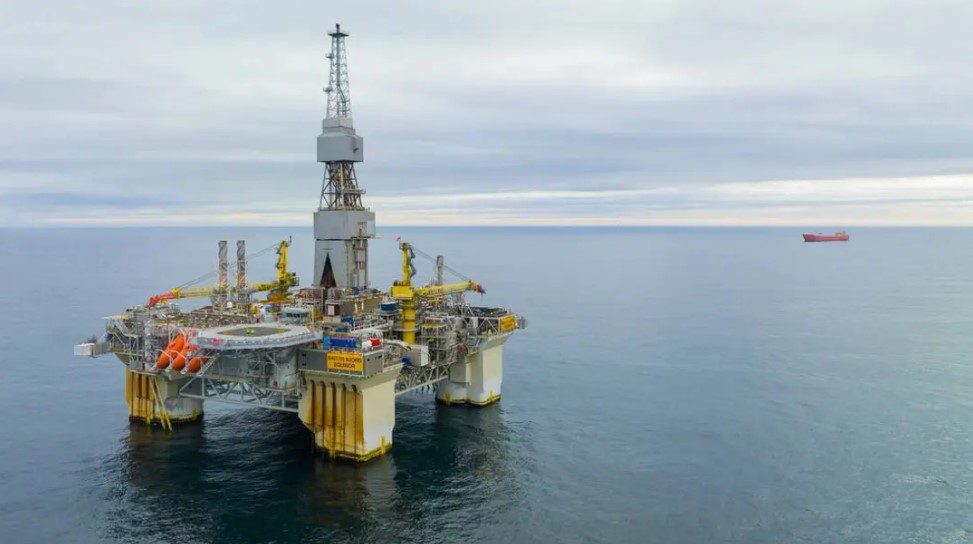Norway has officially reopened the Njord oil field in the Norwegian Sea, marking a significant milestone in the country’s energy industry. The platform and floating storage and offloading vessel (FSO) have undergone extensive upgrades.
Minister of Petroleum and Energy, Terje Aasland, highlighted the importance of Norwegian oil and gas exports to Europe amidst the ongoing conflict in Ukraine, stating, “With the war in Ukraine, the export of Norwegian oil and gas to Europe has never been more important than now. Reopening Njord contributes to Norway remaining a stable supplier of gas to Europe for many years to come.”
The Njord field, which began production in 1997 with an initial plan to operate until 2013, still holds substantial reserves of oil and gas due to systematic efforts to enhance recovery. Additionally, the reopening of Njord enables the production and exportation of new discoveries in the area.
MODEC to supply fully electrified FPSO to Brazil for Equinor’s Campos basin cluster | OilNOW
The project involved the first-ever disconnection, upgrading, and offshore reinstallation of both a platform and an FSO. Grete B. Haaland, Equinor’s senior vice president for exploration and production north, expressed gratitude to everyone involved in the extensive upgrading process, saying, “We have now doubled the field life… With the prices we anticipate in the coming years, this comprehensive upgrading project will be repaid in just under two years after startup.”
The objective is not only to double the field life but also to double production, aiming to produce approximately 250 million barrels of oil equivalent from Njord. To achieve this, the project includes plans to drill ten new wells from an upgraded drilling facility and conduct further exploration near the field.
Already, two new subsea fields, the Bauge field operated by Equinor and the Fenja field operated by Neptune Energy, have been tied back to Njord. Combined, these fields offer a recoverable volume of 110 million barrels of oil equivalent.
In line with Norway’s commitment to sustainable energy practices, future plans for the Njord field include partial electrification based on power from shore, which will reduce annual CO2 emissions by approximately 130,000 tonnes. The Njord licensees, Wintershall Dea Norge AS, Equinor Energy AS (operator), and Neptune Energy Norge AS, are spearheading this project.
Despite facing challenges, including project delays and higher costs due to the COVID-19 pandemic, the reopening of the Njord field signifies a significant achievement for Norway’s oil and gas industry. The investment costs have exceeded the original estimate, totaling just above NOK 31 billion in 2022, compared to the initial NOK 17 billion.
Located in the Norwegian Sea, 30 kilometres west of Draugen and 130 kilometres northwest of Kristiansund, the Njord field operates at a water depth of 330 metres. Since its discovery in 1986, the field has played a crucial role in Norway’s energy sector, and the tie-back of the Hyme subsea field in 2013 further enhanced its production capacity.
With oil being piped to the Njord Bravo FSO and gas exported through a 40-kilometre pipeline connected to the Åsgard transport system (ÅTS), Njord serves as a vital link in Norway’s energy supply chain.



